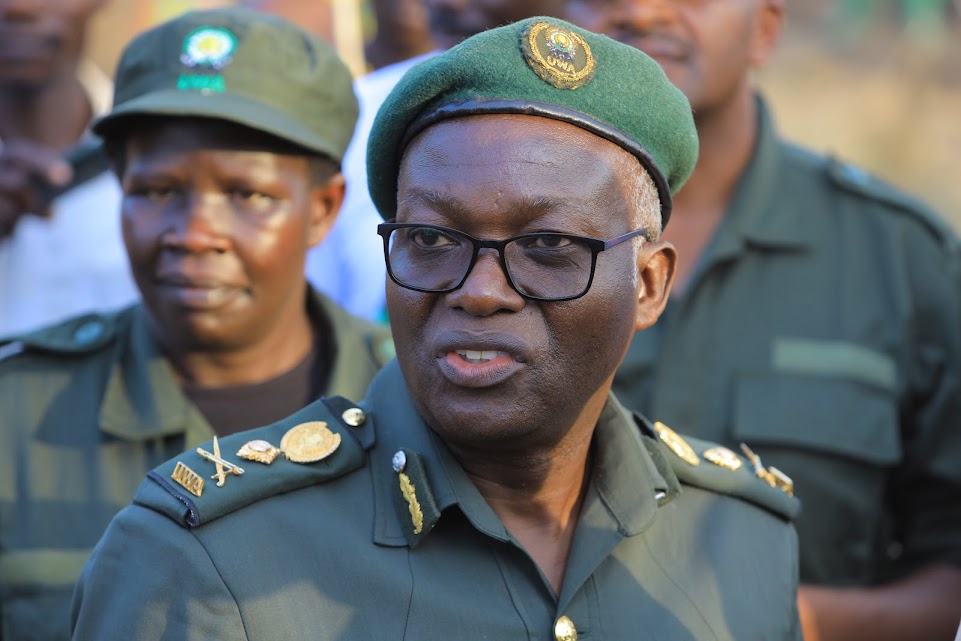
In bid to address one of the key conservation objectives of restoring and managing viable populations of extinct or endangered species in protected areas, the Uganda Wildlife Authority has embarked on a transformative journey to restore West Nile’s lost glory.
This was manifested over the weekend as the authority wrapped up the translocation exercise of 226 Uganda Kobs and 50 buffaloes from Kabwoya Wildlife Reserve and Murchison fall National Park respectfully to Ajai Wildlife Reserve in Madi Okollo district, West Nile sub region.
The exercise is aimed at repopulating Ajai Wildlife Reserve in preparation for the introduction of Southern White Rhinos in the reserve. By reintroducing common species such as kobs and buffaloes, UWA aims to enhance the reserve’s capacity to manage diverse wildlife populations effectively. This effort aligns with UWA’s comprehensive approach encompassing law enforcement, community engagement, monitoring and research, veterinary care, and corporate governance.
Sam Mwandha, the Executive Director of the Uganda Wildlife Authority said this translocation effort underscores UWA’s commitment to biodiversity conservation and ecosystem restoration.
“By reintroducing key species to Ajai Wildlife Reserve, UWA is not only enhancing the ecological balance but also setting the stage for the successful reintroduction of rhinos in the near future.” He said.
He added that the translocation will improve and maintain the ecological integrity of the reserve by enriching the wildlife diversity therein and create new opportunities for tourism.
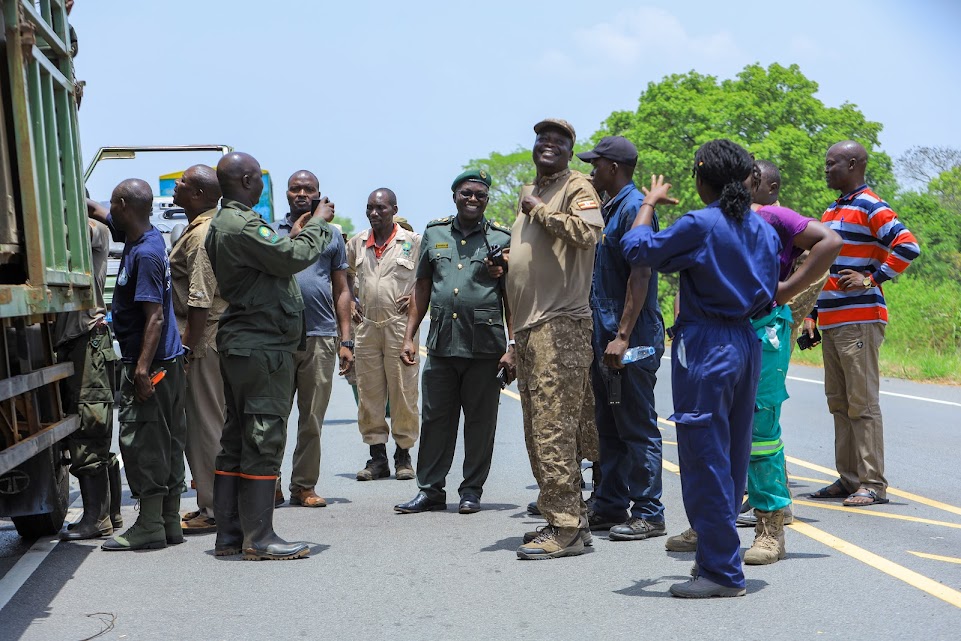
“This exercise will also put the region on the national tourism map and circuit and enhance the appreciation of natural resource conservation and benefits accruing from the tourism value chain. This is therefore anticipated to drive tourism revenue and foster community prosperity through revenue-sharing initiatives.” Mwandha said adding with a call for vigilance and from both the community and the men in uniform.
It was revealed that Over the past decade, UWA management has implemented a program aimed at repopulating wildlife protected areas with dwindling populations. The objectives of this program encompass ecosystem balance, tourism enhancement, as well as preservation of aesthetic and cultural values, among others.
This initiative has successfully led to the repopulation of several areas, including Kidepo Valley, Lake Mburo, and Murchison Falls National Parks, as well as Katonga, Pian Upe, and Kabwoya wildlife reserves.
In a speech delivered by Mr. George Owoyesigire on behalf of the Chairman of the UWA Board of Trustees Prof. James Kalema, emphasis was put on the significance of the translocation exercise in fostering sustainable tourism and community engagement.
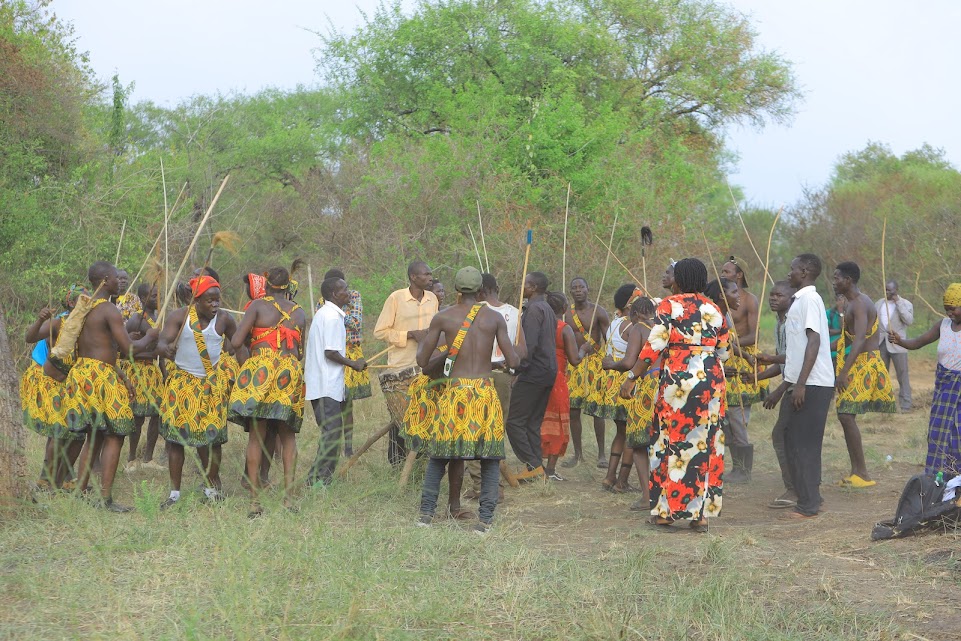
“The translocation of wildlife to Ajai Wildlife Reserve is a testament to our dedication to responsible tourism and inclusive conservation practices. This initiative will not only elevate the tourism potential of the reserve but also ensure equitable benefits for local communities through revenue sharing mechanisms.” Reads part of speech.
Hon. Afidra O Ronald, the Lower Madi Member of Parliament hailed the Uganda Wildlife Authority for working as vessel for fulfilling the running National Resistance Movement (NRM) manifesto in the area.
He said the introduction of wildlife in Ajai is the beginning of major deliveries destined to spur touring development in Madi Okollo and the sub region at large.
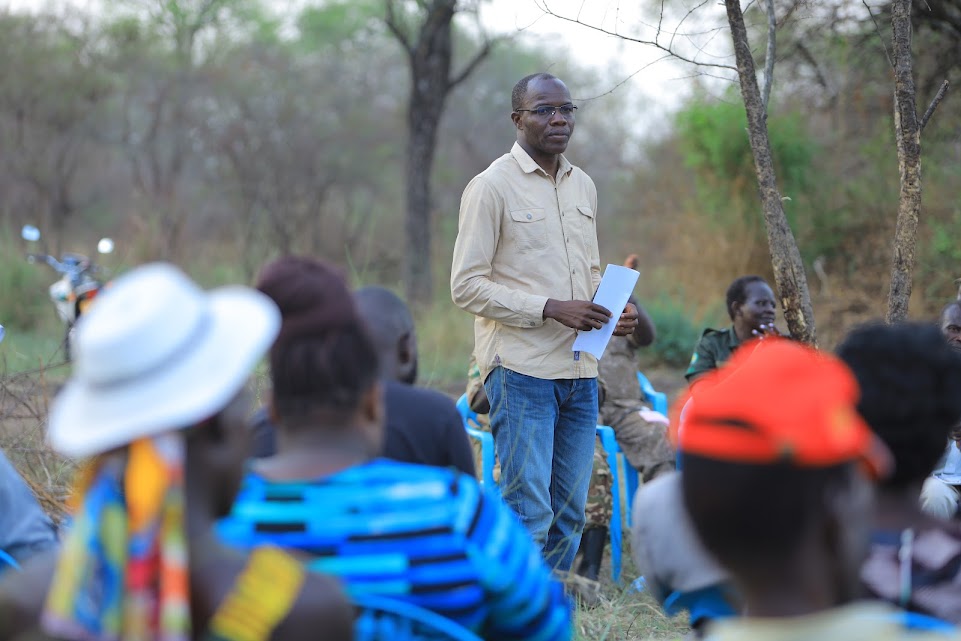
On behalf of the district leadership, Hon. Afidra pledged to champion community sensitization and mobilization of the local to conserve the flora and fauna inside Ajai Wildlife Reserve jealously.
“I’m happy that our area will also soon start hosting huge numbers of tourist, a move that will transform Madi Okollo to international level. I want to use this platform to call upon all leaders in the district to support this life changing initiative not only for us to benefit but also for the next generation to come.” Hon. Afidra.
Scovia Acan, the female councilor for Pawor sub-county, highlighted the longstanding demand from the people of Madi Okollo district and the wider West Nile sub-region for restocking Ajai Wildlife Reserve to bolster the development of the tourism sector in the area.
In November 2023, UWA announced a roadmap indicating that the reintroduction of White Rhinos to their original habitat at Ajai Wildlife Reserve would take place in 2025. Covering an area of 166 square kilometers, Ajai Wildlife Reserve is renowned for its unique flora and fauna and was previously home to Southern White Rhinos in Uganda.
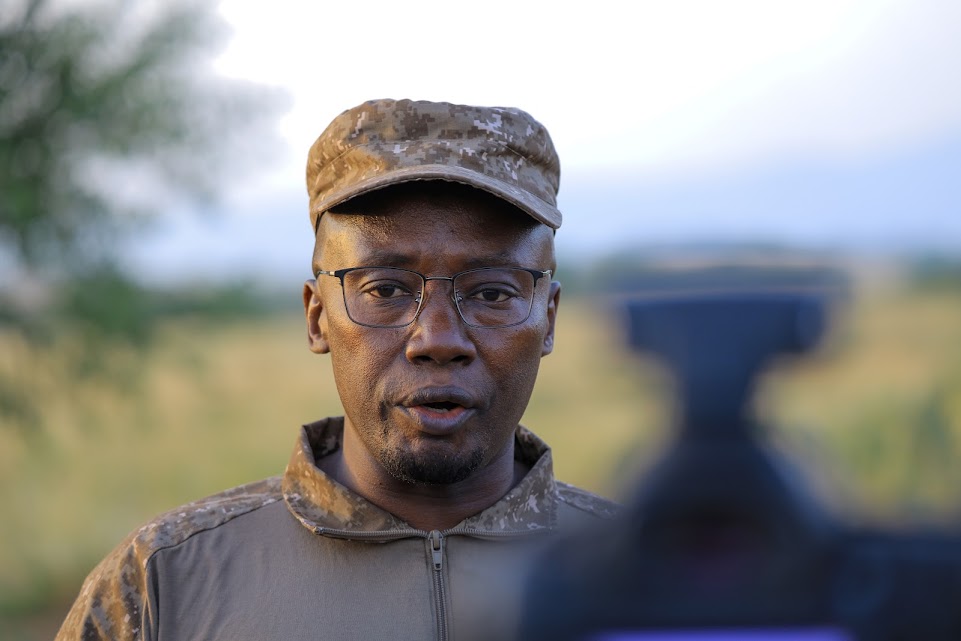
Bashir Hangi the UWA Communications Manager attributed Ajai’s lost glory to the lawlessness and poor management of the reserve in the 1970’s and 1980’s led to the local extinction of some keystone species in the reserve including the northern white rhinos while significant decline in the population of other species was also registered.
He added that the reintroduction of key species such as kobs and buffalos, and later the Southern White Rhinos, demonstrates the significant strides taken by UWA towards restoring the ecological balance and safeguarding Ajai’s biodiversity for generations to come.
Safety During Translocation
According to Dr. Margate Driciru, the UWA Principal Wildlife Veterinarian who worked as head of occupation health and safety during the operation said carrying out such a large-scale translocation of wild animals requires a team of experts to undertake the highly specialized operation.
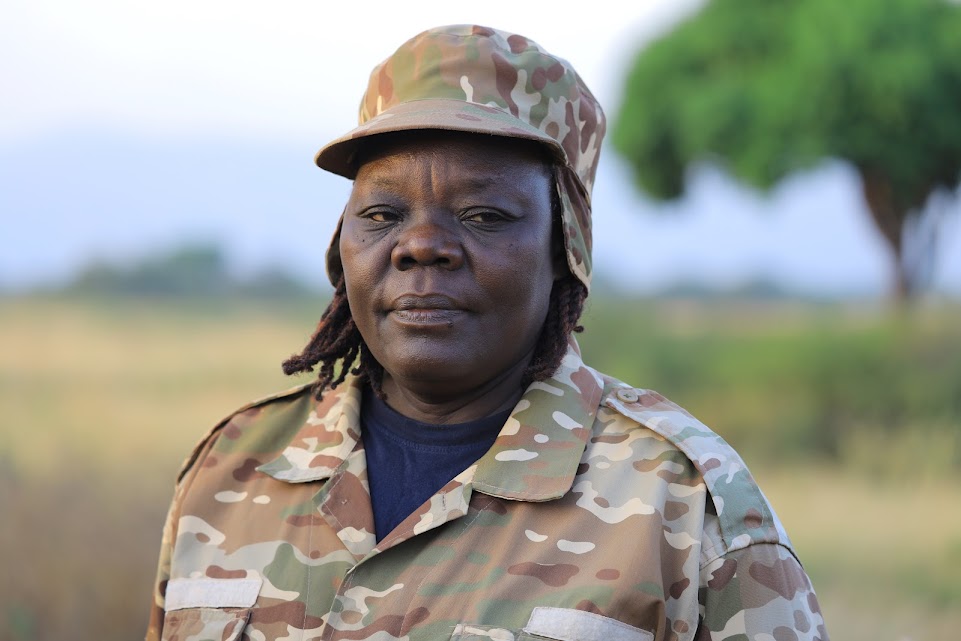
“Before the translocation can take place, a scientific assessment is undertaken to ensure moving the animals into the new area won’t have a negative impact on the ecosystem or the animals’ survival and that the benefit to the species overrides the risk and challenges of the move.” Dr. Driciru explained adding that its the reason the Rhinos will be translocate from Ziiwa to Ajai Wildlife Reserve not another place because the scenery, terrain, formation and vegetation cover is exactly like that of Ziiwa Rhino Sanctuary.
She said top of the agenda is looking out for any injuries and once the animals are captured, samples are taken for purpose of monitoring if the animals have any health issues that they went with from Kabooya Wildlife Reserve.
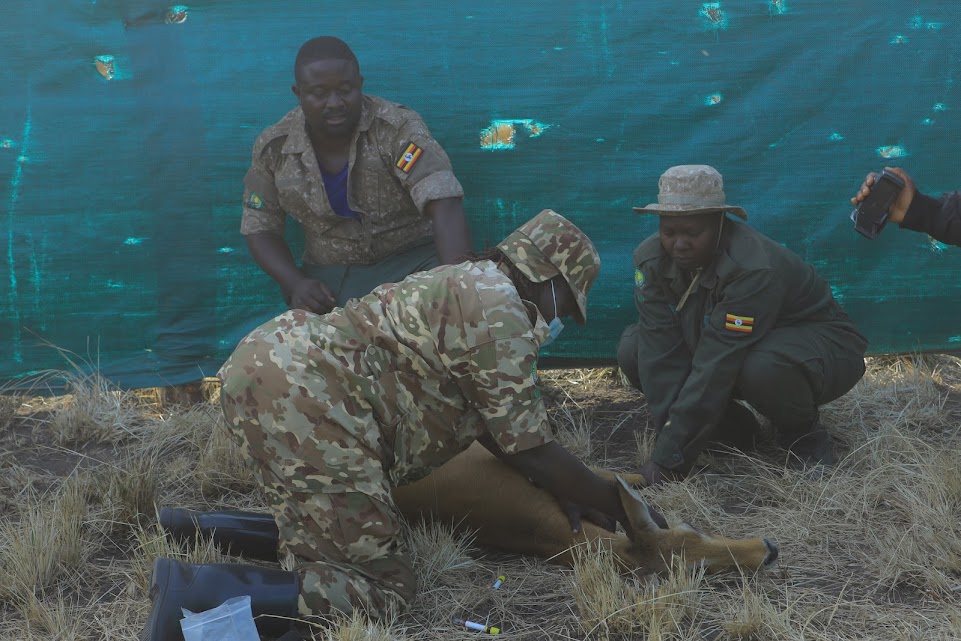
“ The Uganda Wildlife Authority has built a highly sophisticated laboratory in Queen Elizabeth National Park, where most of these test are run and analyzed to see possibilities of any affections that could be in the captured population,” she said.
Dr. Driciru added that the team also pays attention towards keeping stress levels as low as possible as a way to the overall emotional and physical wellbeing of each individual animal. With this in mind, it is imperative that the buffaloes are caught as family herds, on which they are highly dependent, and that the capture process takes place as quickly as possible.
